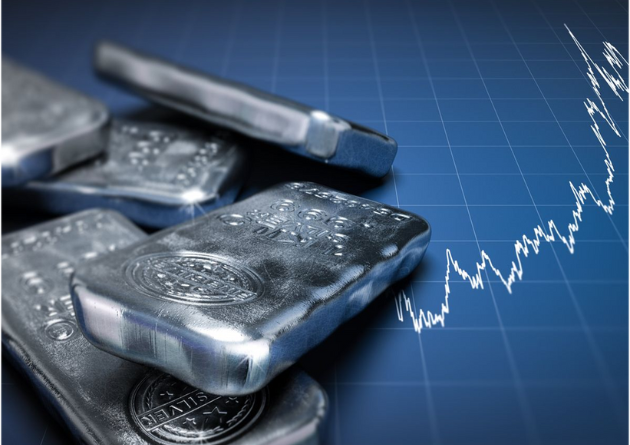Silver Eases Following Recent Gains Amid Fed Uncertainty and Heightened Geopolitical Risks

- rabeelrana
Silver (XAG/USD) retreated modestly during Friday’s Asian trading session, currently quoted near $36.50 per troy ounce, following two consecutive days of gains. Despite the mild pullback, downside momentum may remain constrained owing to heightened macroeconomic and geopolitical uncertainties, particularly surrounding the independence of the U.S. Federal Reserve.
Market sentiment was unsettled after U.S. President Donald Trump, speaking on the sidelines of the NATO summit in The Hague, sharply criticized Federal Reserve Chair Jerome Powell, referring to him as “terrible.” Trump further indicated that he is considering multiple potential candidates to replace Powell, stating, “I know within three or four people whom I’m going to pick.” The possibility of an early announcement—potentially by September or October—has raised concerns over political interference in monetary policymaking, potentially undermining the Fed’s institutional autonomy.
In parallel, geopolitical risk continues to exert a cautious tone across financial markets. Iranian Foreign Minister Abbas Araghchi categorically dismissed any prospects of renewed nuclear negotiations with the United States. “No agreement or arrangement has been made to resume negotiations. Neither any promise has been given, nor any discussion has taken place on this matter,” he asserted, according to CNN. The statement diminishes hopes for a diplomatic resolution and may bolster safe-haven demand for precious metals.
On the macroeconomic front, the United States reported a first-quarter GDP contraction of 0.5%, exceeding both the prior estimate and consensus forecast of a 0.2% decline. While the weak growth data reinforces expectations for a more accommodative monetary stance from the Federal Reserve, these were partially offset by stronger-than-anticipated economic indicators. Weekly Initial Jobless Claims fell to a five-week low of 236,000, while Durable Goods Orders surged by 16.4%—the largest increase in over a decade—highlighting ongoing resilience in the industrial sector.
Investors now await the release of the core Personal Consumption Expenditures (PCE) inflation data, a key metric for the Fed’s policy calibration. Until then, silver prices are expected to remain responsive to evolving monetary policy signals and geopolitical developments, with prevailing uncertainties likely to limit further downside in the near term.
